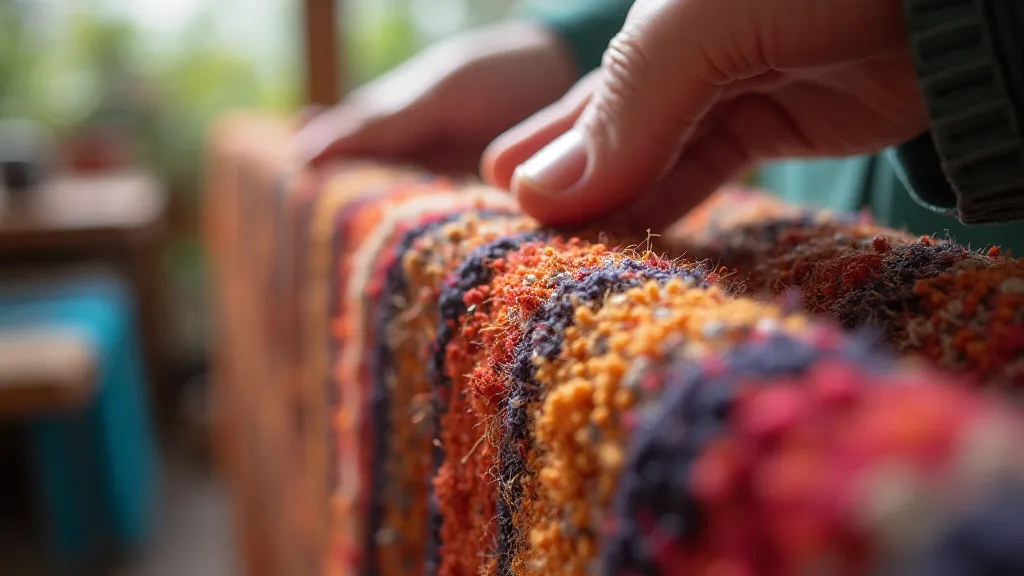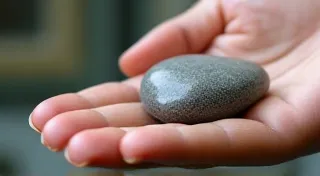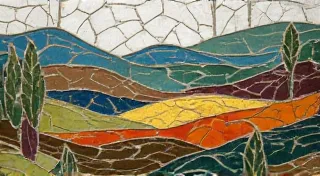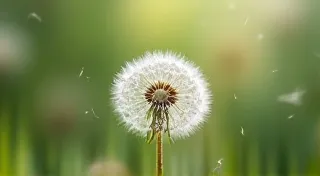The Echo of Ancestral Hands: Transmission and Innovation in Family Weaving Practices
The rhythmic click and whir of a loom isn't just a sound; it’s a conversation. A conversation stretching across centuries, whispered down through generations. It’s the echo of ancestral hands, a tangible link to the past, and a vibrant expression of creativity passed from mother to daughter, father to son, in the intricate practice of regional weaving. Weaving, as textile art, isn't merely the creation of cloth; it's the embodiment of culture, history, and personal narrative. For countless families around the world, it’s a living heritage.
Imagine sitting beside your grandmother, the scent of lanolin and aged wood filling the air, watching her hands move with a practiced grace that seems almost otherworldly. She isn't just weaving a rug, a blanket, or a piece of cloth; she's weaving a story. A story of her ancestors, their struggles, their triumphs, the landscape they inhabited, and the beliefs they held dear. This is the essence of regional weaving – a craft inextricably bound to place and ancestry.
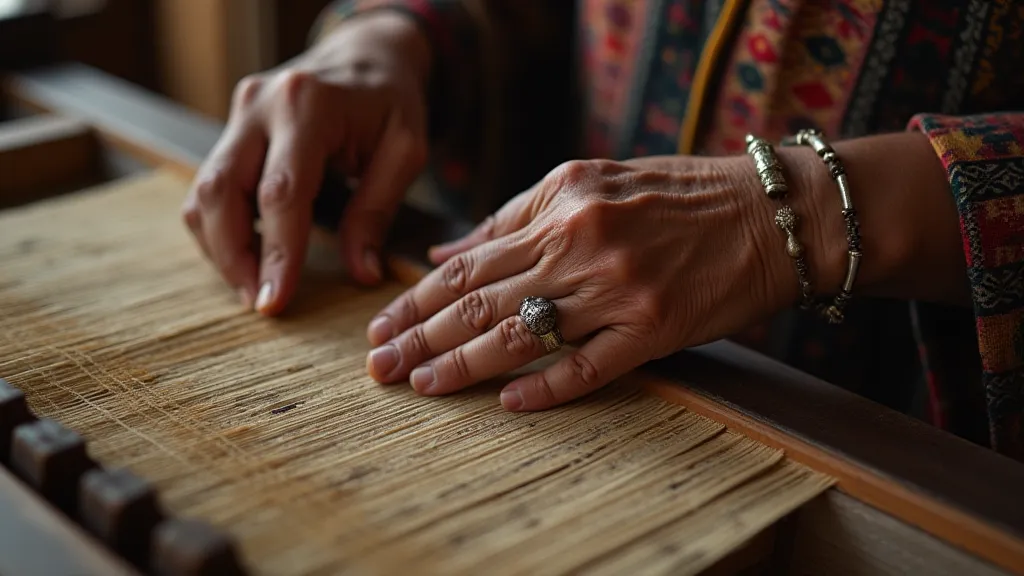
The Foundations of Tradition: Historical Context & Regional Significance
The practice of weaving is as old as civilization itself. From the early Egyptians, renowned for their linen production, to the intricate silk weaving traditions of China and the vibrant wool textiles of the Andes, weaving has always been fundamental to human society. Regional variations arose organically, shaped by available resources, climate, and cultural influences. The dyes extracted from local plants, the wool sourced from native sheep, the very structure of the loom itself – all these elements contributed to the unique character of each regional weaving tradition.
Consider the Zapotec women of Oaxaca, Mexico, whose intricate geometric designs are deeply rooted in their cosmology and agricultural practices. Each symbol carries meaning, representing deities, animals, and the cycles of nature. Or think of the Kilim weavers of Turkey, whose rugs often depict historical events, proverbs, and scenes from daily life. In the Scottish Highlands, the distinctive Harris Tweed, woven from local sheep's wool, became a symbol of national identity and resilience. These aren’t just decorative patterns; they’re visual languages, carrying volumes of unspoken stories.
The Delicate Dance: Preservation & Innovation
The transmission of these weaving traditions is rarely a formal affair. It’s passed down through observation, imitation, and a deep, unspoken understanding that transcends words. A young girl might sit beside her mother or grandmother for hours, simply watching, absorbing the movements, the tension on the threads, the feel of the shuttle in her hand. The skills are ingrained through repetition, through the quiet rhythm of the loom.
But the preservation of these traditions isn't simply about replicating the past. True cultural vitality comes from a delicate balance between honoring the established techniques and embracing personal innovation. While respecting the foundational patterns and structures, each generation inevitably introduces its own creative touches – a new color combination, a subtle alteration to a motif, a reimagining of a traditional design.
This innovation isn’t a betrayal of the tradition; it’s its evolution. It’s the way the tradition stays alive, relevant, and connected to the present. Imagine a young weaver, inspired by contemporary art or influenced by modern aesthetics, incorporating abstract shapes or unconventional color palettes into a traditional pattern. While a purist might argue that this deviates from the "true" tradition, it's arguably a testament to its enduring power – its ability to inspire and adapt to changing times.
The Heart of the Matter: Family Stories & the Emotional Connection
The most powerful aspect of regional weaving traditions isn't the technical skill involved, but the emotional connection it fosters within families. It’s the shared experience, the intergenerational bond, the sense of belonging. A hand-woven rug isn’t just a floor covering; it’s a family heirloom, a tangible reminder of ancestors, a symbol of continuity.
I remember hearing stories from my own family, not about grand achievements or historical events, but about the women who wove blankets for winter, the men who repaired looms, the children who gathered wool. These seemingly mundane details painted a vivid picture of a life deeply intertwined with the craft. These narratives weren't lessons in technique; they were lessons in resilience, resourcefulness, and the enduring power of human connection.
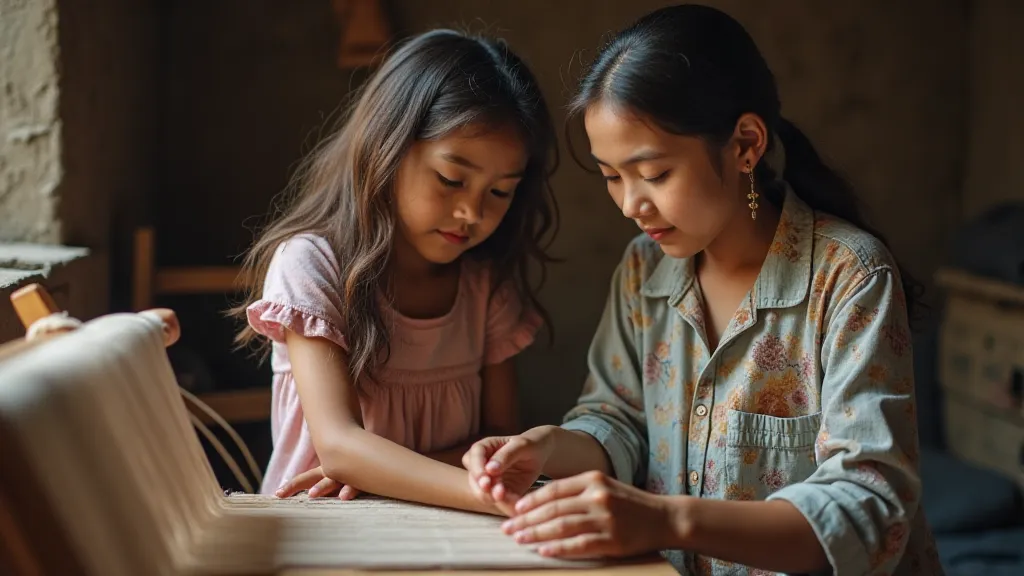
Beyond the Weave: Appreciation & Subtle Insights
For those interested in appreciating or even collecting regional weaving pieces, there’s a richness to be discovered beyond mere aesthetics. The quality of the wool, the natural dyes used, the complexity of the pattern – all provide clues to the piece's provenance and age. The condition of the weave itself can speak volumes about the skill of the weaver and the care the piece has received over time.
Restoration, while sometimes necessary, should be approached with utmost respect for the piece's integrity. Simple cleaning and stabilization are often sufficient, while drastic interventions should be avoided. The beauty of an antique weaving lies not only in its visual appeal but also in the traces of its history – the fading colors, the subtle imperfections, the unique character that comes from years of use and care. These aren’t flaws; they're evidence of a life well-lived, a story waiting to be told.
The Future of the Echo
In an increasingly globalized world, the preservation of regional weaving traditions faces new challenges. The lure of mass-produced textiles, the economic pressures on rural communities, the displacement of traditional knowledge – all threaten to erode these invaluable cultural treasures. However, there’s also reason for optimism. Increased awareness of the value of traditional crafts, the rise of ethical and sustainable fashion, and the efforts of dedicated artisans and organizations are helping to revitalize these practices.
The echo of ancestral hands will continue to resonate, not just within families, but within communities and across generations, as long as the stories are shared, the skills are passed down, and the beauty of regional weaving is cherished and celebrated. It’s a conversation that deserves to be listened to, a heritage that deserves to be honored, and a tradition that deserves to thrive.
